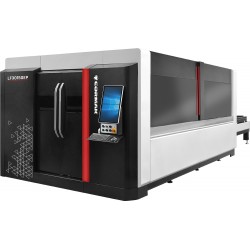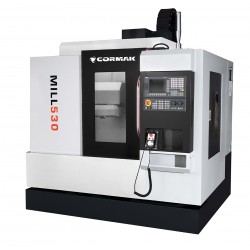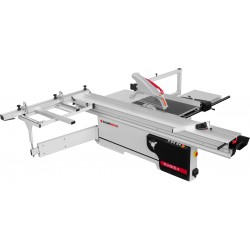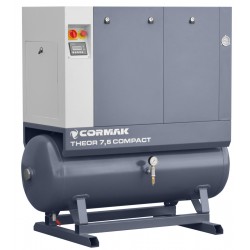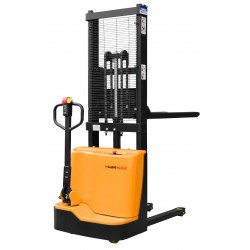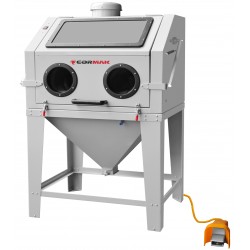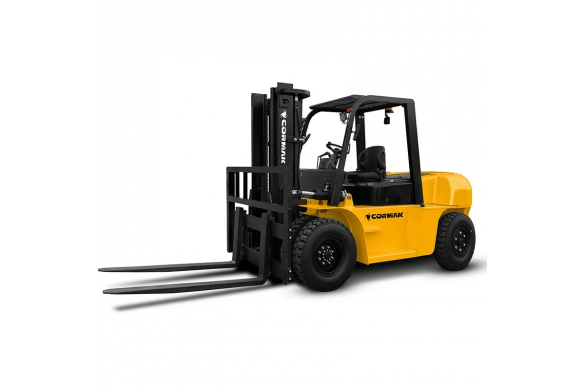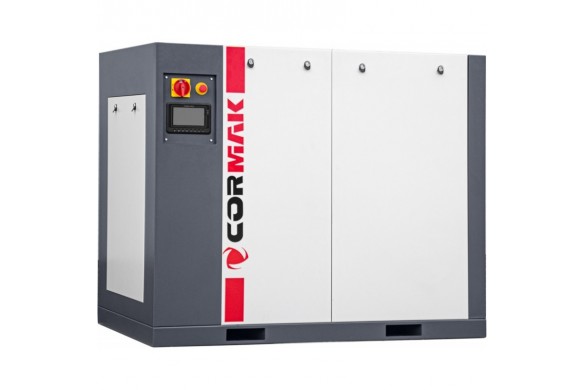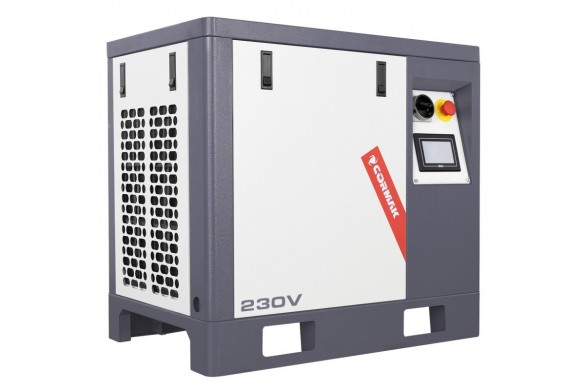Precision welding of thin sheets - techniques and tips

Welding thin sheets is one of the more demanding welding techniques. Due to their delicacy, these materials require a precise approach to avoid damage or deformation. Precise welding becomes crucial, especially in the automotive, aerospace, electronics, and other industries where the strength of sheet connections is extremely important.
What will you read about?
- Welding thin sheets – challenges and techniques
- Precise welding – key to quality
- Laser welding of thin sheets – modern approach
- Choosing the right machines for welding thin sheets
- Conclusion
Welding thin sheets – challenges and techniques
Welding thin sheets involves many challenges, including the risk of overheating the material, warping, or creating unsightly welds. It is crucial to select the appropriate welding parameters, such as current, voltage, and welding speed, as well as properly controlling the temperature during the process.
Among popular techniques for welding thin sheets are:
- TIG welding (Tungsten Inert Gas) – one of the most precise methods, allowing for welding thin materials without the risk of damaging them.
- MIG/MAG welding – used for sheets with a thickness of 1 to 6 mm, offering higher efficiency while maintaining high weld quality.
- Spot welding – ideal for thin sheets, especially in the production of body panels in the automotive industry.
To ensure the highest weld quality, an important factor is also the proper choice of electrode material and shielding gas.
Precise welding – key to quality
Precise welding refers to a process where particular attention is given to details such as temperature control, minimizing material distortion, and achieving high-strength, aesthetically pleasing welds. Modern industrial machines, offering the ability to adjust welding parameters precisely, enable results that are unattainable with traditional methods.
An important aspect of precise welding is also adjusting cooling methods and avoiding excessive heat input into the material, which can lead to distortion.
Laser welding of thin sheets – modern approach
Laser welding of thin sheets is a modern and highly effective method gaining popularity in many industrial sectors. By using a concentrated laser beam, precise joining of thin sheets with various material properties is possible.
The main advantages of laser welding include:
- Precision – the ability to create very thin and strong welds, which is especially important for thin materials.
- Minimal heat-affected zone (HAZ) – laser welding generates a very small heat-affected zone, preventing distortion and ensuring smooth, aesthetic joints.
- High welding speed – allows for fast and efficient material joining, speeding up the production process, especially in large series.
Laser welders enable precise and fast welding of sheets in a way that minimizes the risk of damage. For industrial machine manufacturers specializing in metalworking equipment, such machines are a crucial part of the production process, ensuring the highest quality connections.
Choosing the right machines for welding thin sheets
Selecting the right machine for welding thin sheets is essential to ensure high quality and precision of the welds. Metalworking machines must have appropriate technical parameters, such as temperature control, precise welding current regulation, and the ability to adjust the welding speed to the material.
The Cormak range includes a wide variety of industrial machines, including laser welders, which allow for precise welding of thin sheets. These modern devices offer high weld quality, minimizing the risk of material damage and increasing production efficiency.
Conclusion
Welding thin sheets is a demanding process that requires precise selection of techniques and machines. With the development of technologies such as laser welding of thin sheets, it is possible to achieve the highest quality welds, meeting the requirements of modern industry. Laser technologies provide high efficiency and precision, which is crucial in many industries.

